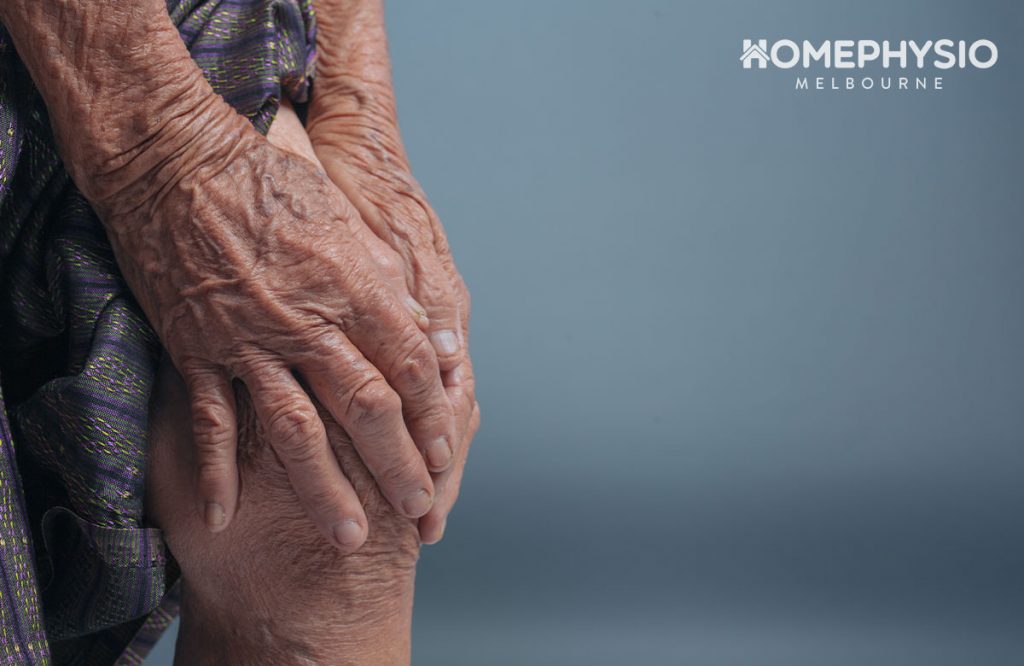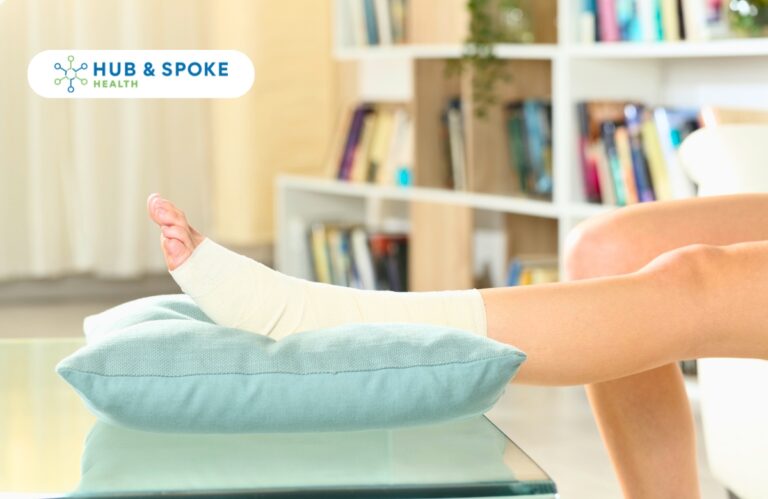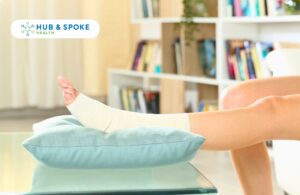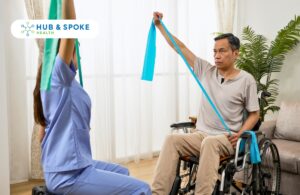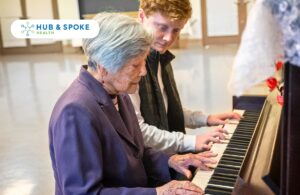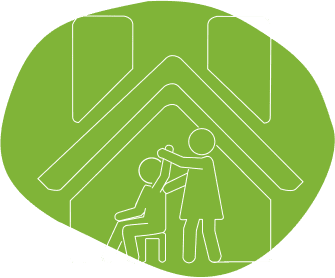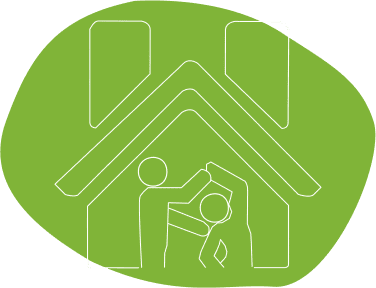Arthritis affects about 1 in 10 Australians, and people living arthritis tend to report having poorer general health than people who don’t have it. While arthritis tends to affect the hands, wrists, spine, hips and knees, it appears to be the most disabling when it occurs in the hips and knees. In fact, over the past 10 years, the number of Total Knee Replacement surgeries has increased by 36%.
So what is arthritis?
Arthritis is actually an umbrella term for over 100 different diseases, but for this article we mean “Osteoarthritis” which is the most common type (about 60% of all cases of arthritis). Osteoarthritis is the breakdown and thinning of the smooth cartilage that lines our joints. It can happen as a result of injury (such as fractures), overuse (such as doing manual labour for many years) or as part of our body’s natural ageing process. While not everyone who has Osteoarthritis will have pain, the most common symptoms are joint stiffness (especially in the morning), pain, restricted movement and sometimes swelling. These symptoms can vary from mild right through to severe, depending on the person.
In people with osteoarthritis in the knees, they can often have difficulty and/or pain with walking for long periods, kneeling, climbing stairs and getting up from a low chair.
So if it’s part of the ageing process, does that mean it will only get worse?
False! We know from research that the symptoms of osteoarthritis can be reduced by different treatments, and some people with moderate to severe arthritis can even have no pain at all!
So what can I do?
There are quite a number of different ways to treat knee osteoarthritis. Here is a short list of the things that current research has found to be most effective.
1. Exercise!
There are quite literally thousands of studies that have been done looking at various different types of exercise and how they help (or don’t help) with managing knee arthritis. The general consensus is that any regular consistent exercise that you do for more than 6 weeks in a row will reduce pain, improve movement and improve quality of life, even up to 6 months after stopping exercise!
According to the Arthritis Foundation in the USA, people will have an average of 40% less pain with regular physical activity (of any kind). Another study found that regular exercise has a better effect on knee arthritis than taking anti-inflammatory medications (such as Nurofen or Volatren).
Not sure where to begin? That depends on two main things. First, how much pain and disability you already experience because of your knee. Second, what do you enjoy doing? We’re much more likely to stick to an activity that we like than one that we don’t!
If you’re currently in a lot of pain or have a lot of difficulty moving, why not try swimming or hydrotherapy? Other low-intensity options include walking, Tai Chi and (some) Clinical Pilates. Try starting with 15-20 minutes 1-2 days per week, and slowly build up to longer and more frequent sessions as your knee becomes more comfortable with exercise.
If you have very little pain and difficulty, studies have shown that high intensity exercise (such as resistance training, jogging, aerobics) have the largest improvements for pain, disability and quality of life. And these improvements last for much longer than doing lower-intensity exercise.
2. Hot/Cold
Lots of people who suffer from arthritis swear by using heat packs or cold packs for pain relief. But which one should you use? Generally cold is recommended for acute (new) pain and swelling, while heat is recommended for chronic (long-term) pains and muscle aches.
Cold
Several studies have shown that cold packs help reduce any swelling caused by knee arthritis. Other studies have found improvements in pain whether or not there is swelling. For the best effect, you should apply the cold pack for 10-20 minutes 3-5 days per week.
Hot
Heat packs, warm showers and swimming in heated pools are more popular for managing arthritis. Multiple studies have shown that applying heat to the knee on at least 3 days in the week improves pain, range of motion and everyday functioning of the knee. Other studies have shown that heated water (such as hydrotherapy pools, warm baths or spas) is very effective for managing pain and movement.
3. Weight Management
A large proportion of people with knee arthritis are overweight or obese, which can actually make symptoms of arthritis worse. The good news for those who are in that category is that losing 5% of your current body weight can significantly reduce your pain and improve your movement. If you’re not sure where to begin with this, an Exercise Physiologist is a great person to speak with, as well as a dietitian.
4. Make sure any other medical conditions are under control
People who have arthritis often have other medical conditions such as Type 2 Diabetes, Cardiovascular Disease or Depression. Many of these conditions can have a big effect on the symptoms of arthritis. Make sure you are regularly seeing your GP, Physiotherapist or Exercise Physiologist to make sure these conditions are being well-managed as well as your arthritis.
5. Education
Did you know that knowing more about your condition, how it works and how to manage it actually helps you to experience less pain and disability? Speak with your Physiotherapist or Exercise Physiologist with any questions you have, and for resources you can use to learn more. A great place to start is Arthritis Australia (https://arthritisaustralia.com.au/), as they have evidence-based information as well as practical tips from other people living with arthritis.
Knee pain from arthritis is a very common issue, but with some simple lifestyle changes, we can see big improvements in pain, disability and quality of life. This list is definitely not exhaustive, but it should be a very good start.
If you have any concerns about your knee, make sure to speak with one of our Physios or Exercise Physiologists to get specific advice to manage and treat your specific issues. Remember, the longer you leave an issue, the longer it takes you to recover!
Danielle Chaseling,
B.Physio, APAM Physiotherapist
Author
-

Hub & Spoke is a unique Allied Health service that delivers the latest in therapies and treatments to you both in-home or at work to make health care accessible to everyone.
View all posts



